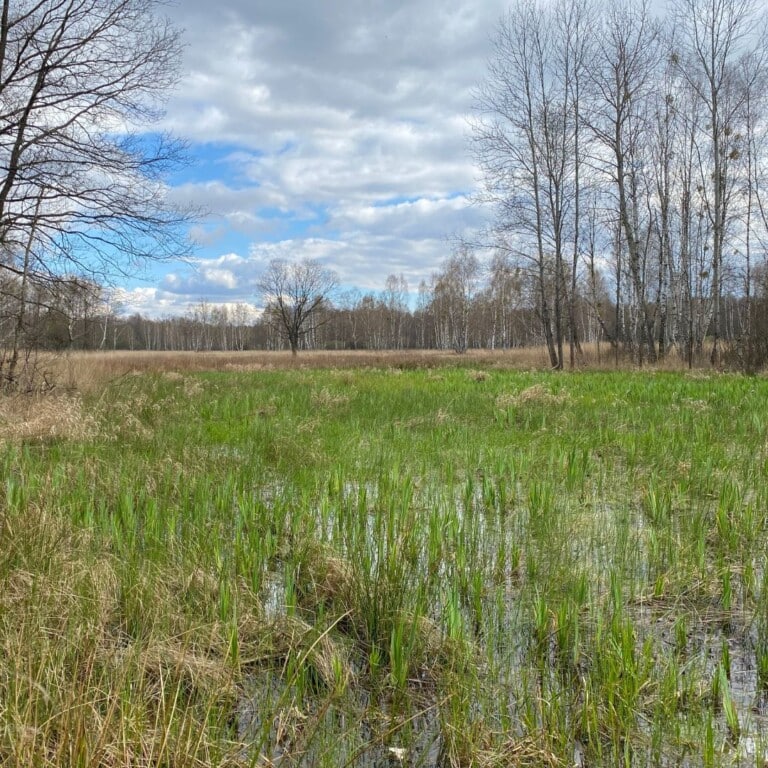Biosphere Reserves are designed to protect biodiversity and enable better observation of ecological changes at the scale of the planet. In doing so, they perform three essential functions:
– protective – they contribute to the protection of landscapes, ecosystems, species and genetic diversity;
– development – foster forms of economic and human development that can be considered socially, culturally and ecologically sustainable;
– logistical support – carry out environmental education programs, as well as training, research and monitoring in relation to local, regional, national and global conservation and sustainability issues.
There are eleven Polish sites on the UNESCO World List of Biosphere Reserves:
– Biosphere Reserve Bialowieza;
– Babia Gora Biosphere Reserve;
– Masurian Lakes;
– Slovenian Biosphere Reserve;
– Trilateral Transboundary Biosphere Reserve Eastern Carpathians: Poland-Slovakia-Ukraine;
– Giant Mountains Transboundary Biosphere Reserve;
– Tatra Transboundary Biosphere Reserve;
– Kampinos Forest Biosphere Reserve;
– Trilateral Transboundary Biosphere Reserve Western Polesie: Poland-Ukraine-Belarus;
– Tuchola Forest Biosphere Reserve;
– “Roztocze” Transboundary Biosphere Reserve.
The listed reserves are quite a treat for nature enthusiasts – they are a concentration of rare plants, endangered animals and are located in areas of great ecosystems. Perhaps, when planning your next vacation trips, you should think about a sightseeing trip to the vicinity of any of the mentioned reserves – it will certainly be an unforgettable experience that can restore harmony and peace of mind.
The International Man and Biosphere (MAB) Program was launched by UNESCO in 1971. The goal of the program is to create a sustainable relationship between people and the biosphere. In turn, the method of achieving this goal is the creation of an international Network of Biosphere Reserves. It currently brings together 714 such sites in 129 countries, 21 of which are transboundary reserves.
The post is part of a series on natural heritage entitled “How to Live? – Naturally!”, which was created to draw attention to the need to protect the Earth’s natural heritage.
Source:
https://www.unesco.pl/nauka/czlowiek-i-biosfera-mab/polskie-rezerwaty-mab/
#naturalheritage #worldheritage #ExpertsUW #unesco #natural

